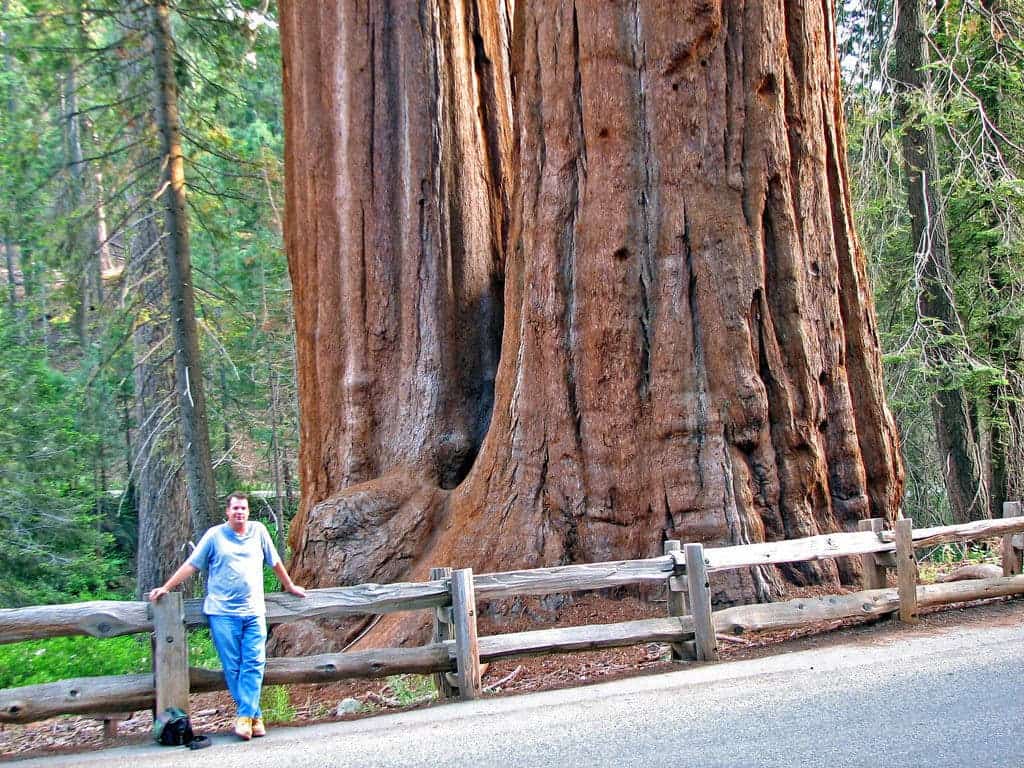
Most tree canopies aren’t taller than 25 meters (82 feet), and those that are, usually come in the so-called giant rainforest variety that can go over 40 m (131 ft) tall — there’s really not much in between. Now, scientists have finally zoomed in on the specific climate conditions that foster the growth of giant forests, finding that this niche will be favored by climate change. Over the next decades, the total area suitable for giant forests could grow by an impressive four million km2.
“These results imply that strategic management could in principle facilitate the expansion of giant forests, securing critically endangered biodiversity as well as carbon storage in selected regions.” says Xu Chi, a researcher at Nanjing University who analyzed the data.
Rainforests are some of our planet’s most iconic ecosystems, but until recently the conditions required to foster their growth had been poorly understood. Rainforests cover about 6% of the total surface of the Earth and are home to more than half of the species of plants and animals of the world. At least two-thirds of the total plant species grow in the rainforests.
An international group of scientists led by Wageningen University & Research and Nanjing University filled in the gaps in our knowledge. They found that the occurrence of giant forests (cut‐off height > 25 m) is negatively correlated to variability in rainfall and temperature — in other words, the more stable the rainfall and temperature are, the more likely it is for giants forests to grow. The team employed global data from high precision laser altimetry equipment on satellites to show, for the first time, that ‘giant forests’ are a distinct and universal phenomenon. The analysis showed that their distribution is sharply limited to situations with a mean annual precipitation above a threshold of 1500 mm that is surprisingly universal across tropical and temperate climates, as reported in the journal Global Change Biology.
The tallest tree discovered so far is the 800-year-old Hyperion located in Redwoods, California, which measures 115.61 m in height and 4.84 m in diameter. As an interesting fact, all of the top ten tallest trees in the world are in California, and four out of the top five trees are in the temperate region of Redwoods.
“If you study the whole earth, it turns out that canopy height is not a continuum. Canopies of 25 meter high are surprisingly rare. Canopies are either lower, or you get the true gigantic rainforest canopies. There is little in between,” said Marten Scheffer from Wageningen University in the Netherlands, who led the investigating team
So-called giant forests have always held a great spiritual value to the communities of people surrounding them or which call them home. However, we also know that such forests are also rich biodiversity hotspots, harboring many critically endangered species. What’s more, they also store vast amounts of carbon.
The findings are important in this context because as wet regions are projected to increase across climate zones, this means that so will the cover of giant trees — essentially, some good news in an otherwise sea of negative outcomes. However, this opportunity may materialize only if we properly manage these ecosystems globally.






